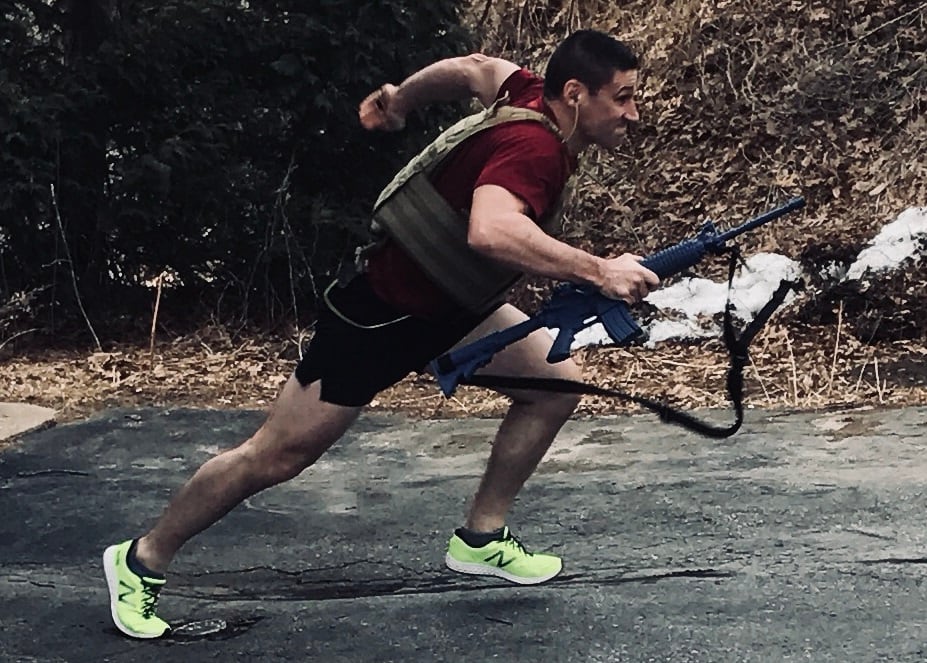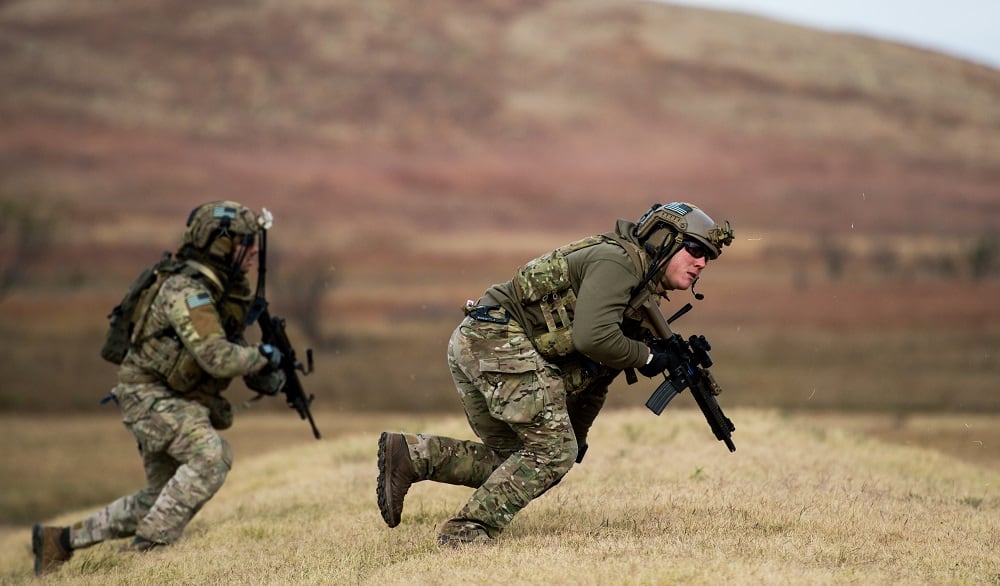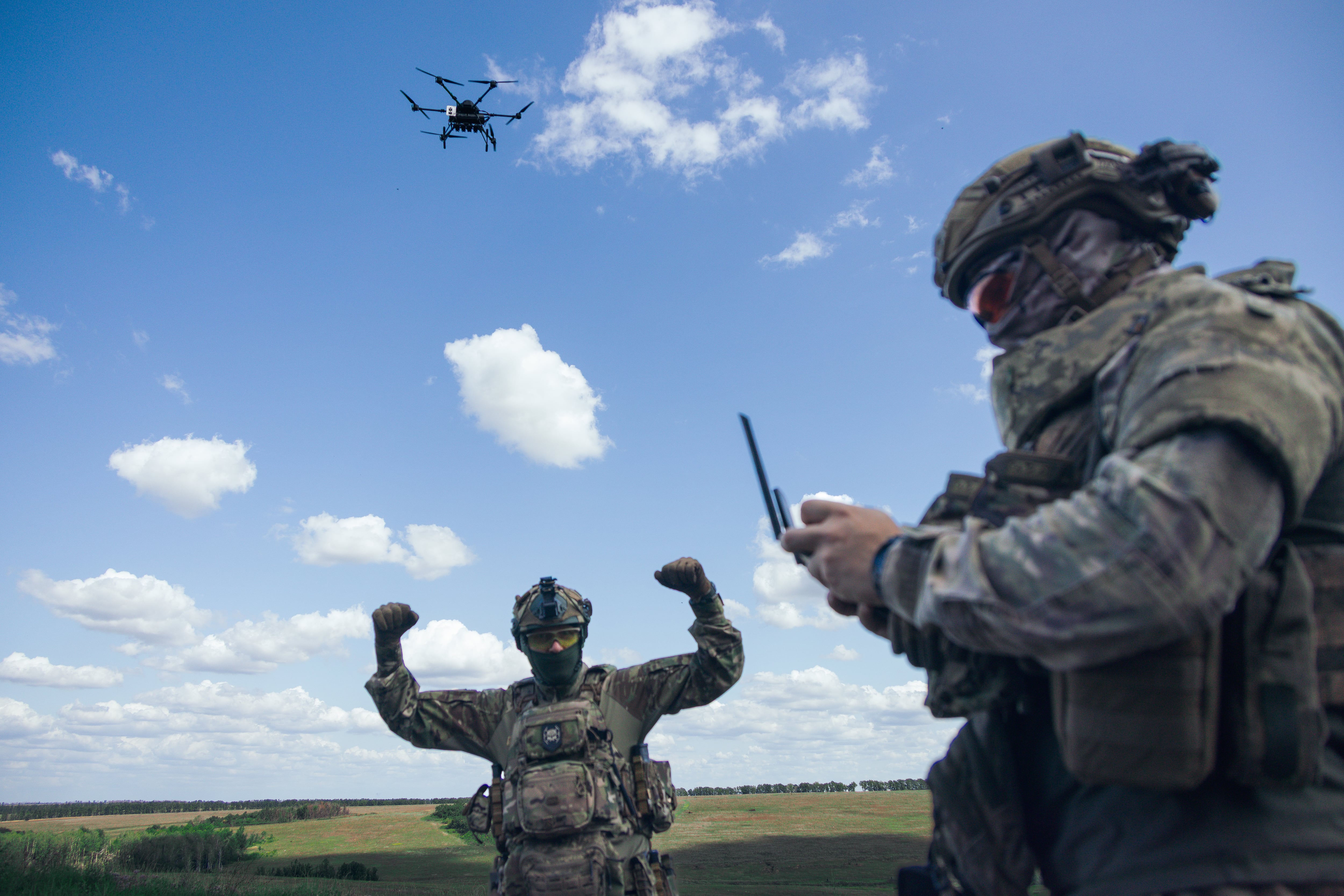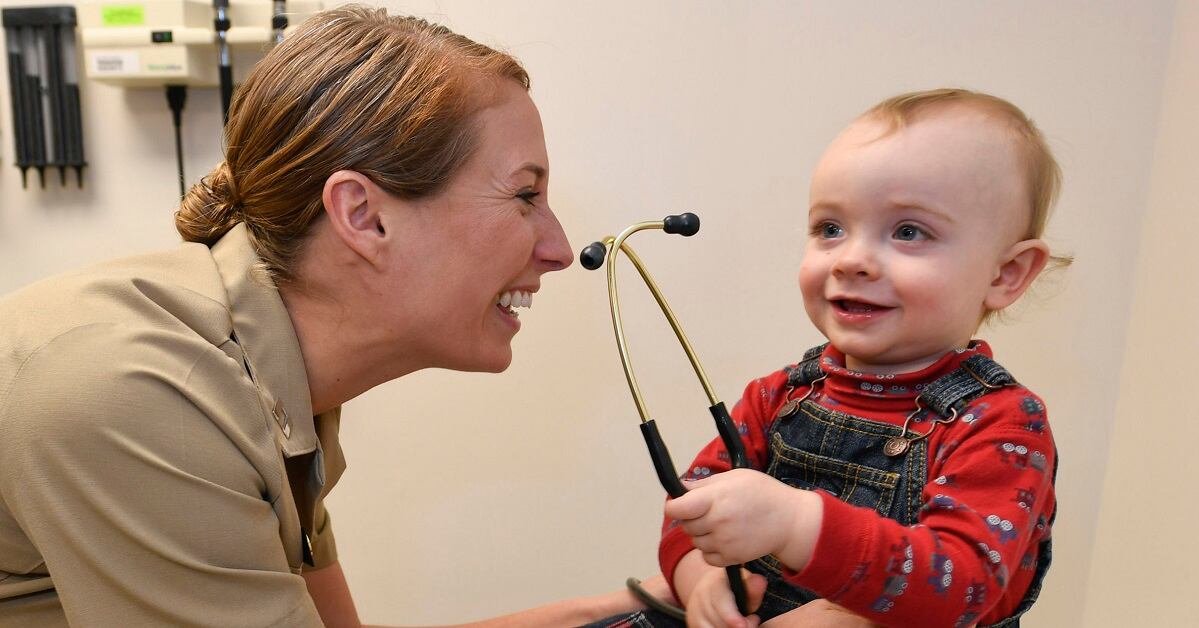Editor’s note: The following is an opinion piece. The writer is not employed by Military Times and the views expressed here do not necessarily represent those of Military Times or its editorial staff, nor those of the Defense Department.
An enemy soldier scans the horizon. He notices a flash of movement in front of him. He quickly aims at his target and sends 120 grains of lead flying toward it at more than 2,300 feet per second.
Whether he hits the target is determined by a slew of variables out of the target’s control: Skill, weapon accuracy, weather, timing … and certainly a little luck. But there is one variable the target can control: speed.
The faster the target moves, the harder he is to hit. It’s a relatively straightforward concept, yet while the military has made faster vehicles a priority, we’ve done little to increase a service member’s speed.
In fact, we’ve gone the other way, adopting practices that make us slower.
OLD-SCHOOL SPEED
I’ve previously shared the story of Miltiades, whose lightly armored Athenian forces engaged the Persians on a dead run during the Battle of Marathon in 490 B.C., confounding and routing their enemies. A few millennia later, the automatic weapons systems employed during World War I’s entrenched combat served as brutal reminders of the necessity of speed on the battlefield.
It was a German general, Oskar Von Hutier, whose infiltration tactics included highly trained soldiers, with stripped-down kits, sprinting across no-man’s-land to penetrate enemy lines. The U.S. military took note; the Army’s 1920 Individual Efficiency Test included a 100-yard dash standard time of 14 seconds, or an average movement rate of 6.5 meters per second.
This speed standard was raised after World War II, when troops were to complete a 75-yard sprint in eight seconds, or 8.5 meters/second.
And then, in 1980, the test distance moved 75 yards to two miles. The average rate of speed for anyone clocking a 13-minute time on the run is 2.3 meters per second. What happened?
A PIVOT … AND A PROBLEM
Before 1980, physical standards mirrored battlefield requirements. The lull in major combat and growing concern over cardiovascular issues shifted the focus to health.
Concern for health isn’t a bad thing, but if you can max out your fitness-test score with a speed that would significantly increase the probability of catching a 7.62 to the face, stuff like your resting heart rate becomes a bit moot.
Our forefathers learned that when you execute 3-5 second rush techniques, you better do them fast, or you’ll get shot. Yet the basic guidance for the rush is completely ludicrous: Instead of stressing the importance of getting down in a given timeframe (as if troops would want to stand still under fire for any seconds, much less five), the key piece of information we should be providing is how far they should be able to run in that three- to five-second span.
Based on my research, troops should cover between 20 and 33.5 meters during their rush, an average of 6.7 meters per second. That would give troops a 37 percent greater chance of survival than someone moving at 3.3 meters per second. (I go into the math and research behind this in more detail in the April-July 2016 issue of Infantry magazine.)
That’s some impressive incentive to speed up. But how? Simple: Speed starts with strength, particularly relative strength. The more force you can put into the ground relative to your body weight, the faster you are going to run.
Yes, there are service members squatting two times their body weight who will need to increase their speed via other methods designed to improve sprint technique and muscle response. Odds are good you’re not one of these folks: Get stronger to get faster.

THE SPRINT SCENARIO CHALLENGE
Here’s one way to find out where you and/or your unit stack up: On a flat surface, mark a starting point and place a cone at each of the following meter marks: 11.5, 17, 23, 27 and 33.5.
Present the following scenario: You’re maneuvering on an enemy position. An advantageous covered position is 33.5 meters directly in front of you, but to reach it, you will be in the direct line of sight of an enemy who, after a second of reaction time, will fire one round per second at you as you advance. Every shot has a 1 in 10 chance of finding its target.
The sprinter starts in the prone position. On “Go,” take off toward cover. Here’s your score sheet:
- 11.5 meters: You averaged 2.3 meters per second — fast enough to max a fitness test, and slow enough to get shot at 17 times for about a 1 in 6 survival probability.
- 17 meters: Congratulations! Your 3.4 m/s speed is the same standard your grandfather had to meet in 1942 as part of the Army Ground Forces Test on a 75-yard run … while carrying his buddy. Were you carrying your buddy? No? Probably for the best — you’d have been shot at 10 times and have a 1 in 3 survival rate.
- 23 meters: Your 4.6 m/s average drops the enemy shots into single digits (seven rounds), but your survival chance remains worse than a coin flip.
- 27 meters: At 5.4 m/s, you’ll be exposed to six shots, up your survival chances above 50 percent, and be able to outrun, barely, a domestic pig. Some more sprints and you can put some distance between you and Babe.
- 33.5 meters: You hit the goal of 6.7 meters per second while only being exposed to 5 shots from the enemy and having a 60 percent chance of survival. Now, start adding kit —that’s what you’ll be wearing when the sprint matters.

Nick Barringer is an Army officer who works in the field of nutrition and human performance.










